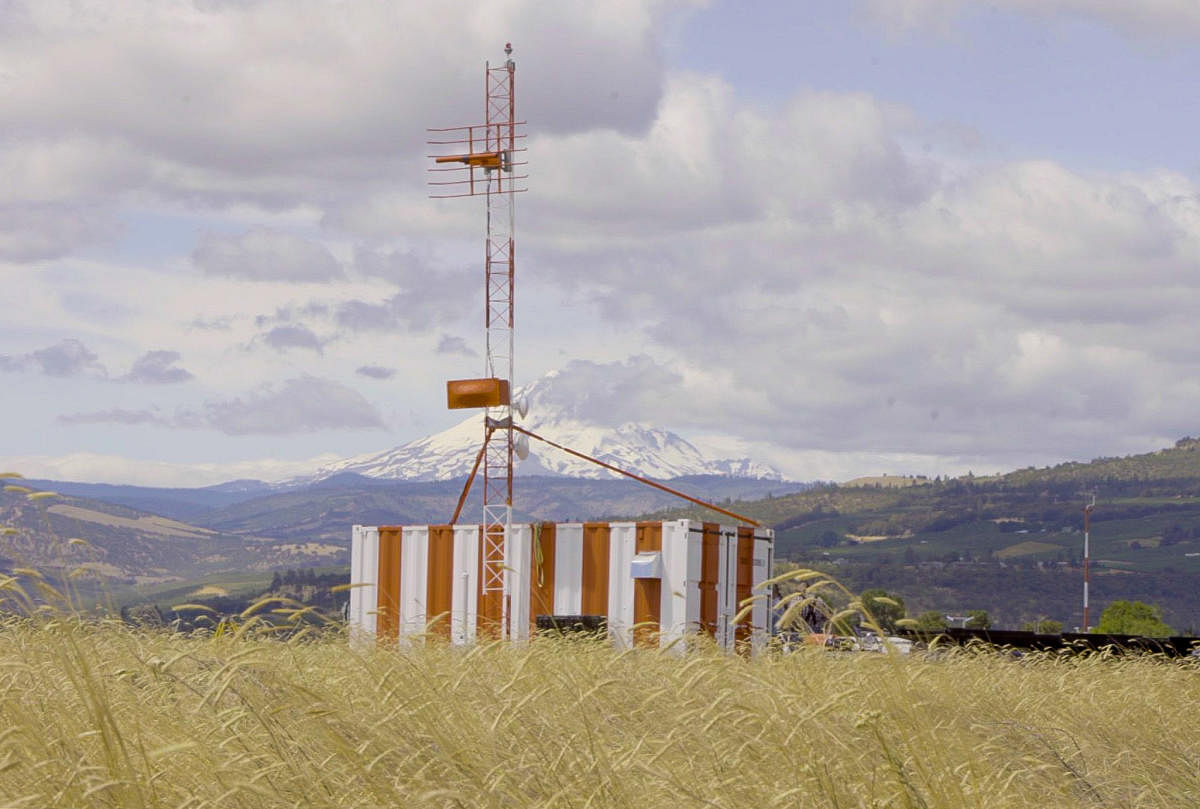
To land an aircraft safely, precise communication between the pilot and Air Traffic Control (ATC) is critical.
But if an airport has no Instrument Landing System (ILS) due to bad terrain and prohibitive costs, the Transponder Landing System (TLS), with its ability to aid precision landing even on short, table-top runways, could be an option.
Showcased at the just-concluded Aero India 2021, the TLS is a ground-based landing system developed by Advanced Navigation and Positioning Corporation (ANPC). This US firm has now tied up with Bharat Earth Movers Limited (BEML) for joint production.
Table-top airports in tricky terrains such as the ones in Mangaluru and Kozhikode depend on ILS to guide the pilots. But the ILS system requires adequate land near the runway, which is often not available in hilly terrains. This is where TLS offers a solution.
TLS works like ILS and can use the ILS equipment aboard an aircraft, without the need for additional pilot training either as the procedures are similar, an ANPC official told DH.
Here’s how the TLS works: Using ground-based sensors, the TLS determines the approaching aircraft’s three-dimensional position. This is done by identifying the signals transmitted by the aircraft’s transponder.
Based on the aircraft’s position relative to the ILS approach, the TLS then generates localizer and glide slope signals. (Glide slope is the path of descent of an aircraft, delineated by a radio beam that directs the pilot in landing the plane).
These signals are transmitted to the aircraft to guide the pilot to the runway, a procedure similar to ILS. Up to four aircraft can use TLS simultaneously to record 60 landings per hour.
Trials at Yelahanka
ANPC and BEML have already done TLS trials with the Indian Air Force (IAF) at the Yelahanka Air Base here, in the North East and Leh. To try it on civilian airports, talks are on with the Airports Authority of India (AAI).
Under the ANPC-BEML tie-up, BEML will build the mechanical parts, manage final assembly, testing and product support while ANPC will integrate the electronics initially.
The TLS could be a critical safety solution for many small airports located in remote, inaccessible places. “Many operators are reluctant to fly to these locations due to safety issues. Besides, most IAF airports in advanced locations have no navigation aids. “The TLS can be installed there as the area required is very small, about 100m x 80m. It can be installed beside the runway, or even split on either side.”